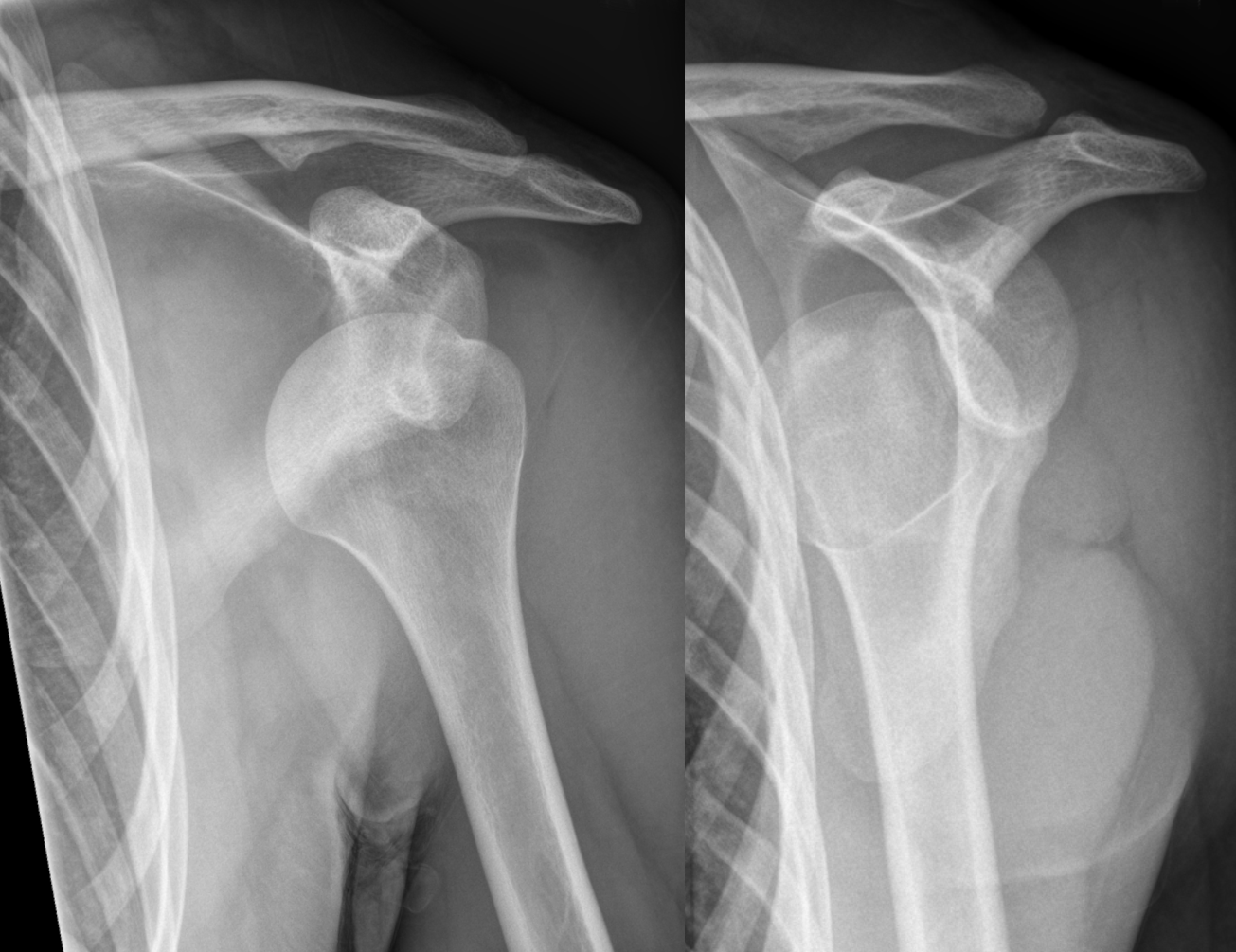
Dislocation of the shoulder usually almost always recurs. Each episode of dislocation brings with it additional damage to the cartilage of the socket (Glenoid) and the ball (head of the humerus). This damage is not reversible. The anterior labrum is a crucial stabilising structure which tears leading to the dislocation. In modern day orthopaedics, the treatment of this condition has revolutionised the outcome of the patients. Arthroscopic repair enables the patient to go home the same day or next day of surgery and helps restore the range of motion fully with a early return to pre injury level.
Shoulder is the most common joint in the body to dislocate. Due to its inherent design we have a great deal of mobility within the shoulder, which is directly at the cost of stability. Shoulder instability may present as repeated dislocation where in, patient has to go to a hospital to relocate the shoulder – often under sedation. Some times patients are able to relocate their shoulder themselves. Shoulder dislocation is a recurrent phenomenon. Commonly after the first dislocation there is a risk of 60%-80% recurrence. If the shoulder dislocates again there is more than 90% chance that it will re-dislocate. Each time the shoulder dislocates it peels off the attached ligament (Labrum) worsening the damage. Along with the ligament the cartilage of the joint on both sides (Glenoid & humerus) is damaged permanently. Cartilage damage cannot be repaired.
It is prudent to get treated early to avoid long-term problems. Repeated shoulder dislocations can lead to nerve injury, which may not heal completely. Repeated peeling off cartilage will eventually lead to early arthritis which can be disabling and compromise daily essential activities.
In the past the surgery for recurrent dislocation was open surgery with long scar & mixed results. In modern era few hospitals are geared to treat this condition with Arthroscopic repair by name of Bankart repair. The keyhole surgery leaves three small scars. Patients go home the next day of surgery and usually resume light work in few days. Patients must avoid driving for 2 months after surgery. By three months most patients have achieved their full range of movement & strength.